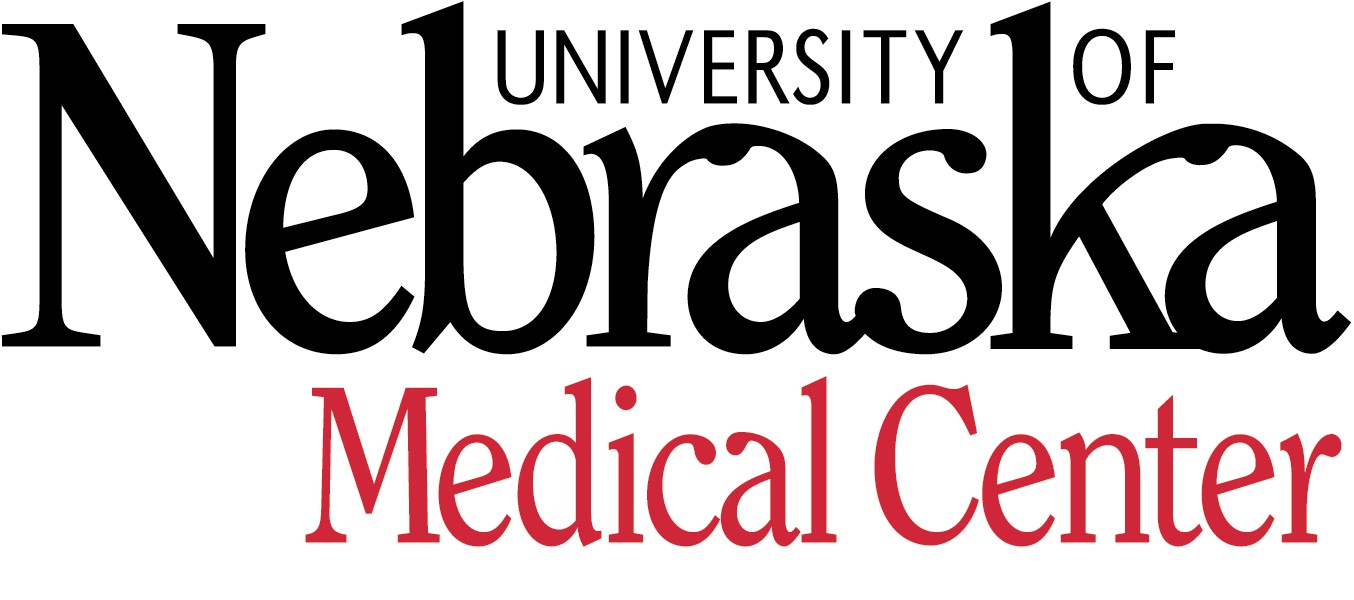Urinary Biomarkers of OI Pathobiology
| Status: | Recruiting |
|---|---|
| Conditions: | Orthopedic |
| Therapuetic Areas: | Orthopedics / Podiatry |
| Healthy: | No |
| Age Range: | Any |
| Updated: | 1/25/2018 |
| Start Date: | September 2015 |
| End Date: | September 2025 |
| Contact: | Dianne Dang |
| Email: | diannen@bcm.edu |
| Phone: | 713-798-6694 |
Cross-Linked Collagen Peptides as a Urinary Biomarker of OI Pathobiology
Osteogenesis imperfecta (OI) is a rare inherited disorder that causes bones to break easily.
Individuals with osteogenesis imperfecta break bones often and may have other problems,
including hearing loss, dental problems, pain and difficulty getting around. Before the
genetic cause of OI was known, OI was classified into four types. Each type was based upon
the symptoms and severity of OI. In most people with OI, the cause is a change in one of the
genes that makes a protein called type 1 collagen. Some doctors now classify OI both on how
severe it is as well as which gene is causing OI. When people classify OI this way, there are
more than 10 types of OI. The current laboratory testing to determine OI subtype involves the
collection of blood and/or skin cells.
Individuals with osteogenesis imperfecta break bones often and may have other problems,
including hearing loss, dental problems, pain and difficulty getting around. Before the
genetic cause of OI was known, OI was classified into four types. Each type was based upon
the symptoms and severity of OI. In most people with OI, the cause is a change in one of the
genes that makes a protein called type 1 collagen. Some doctors now classify OI both on how
severe it is as well as which gene is causing OI. When people classify OI this way, there are
more than 10 types of OI. The current laboratory testing to determine OI subtype involves the
collection of blood and/or skin cells.
Osteogenesis Imperfecta (OI) is a rare disorder that causes bones to break easily. People
with OI may have broken bones with little or no trauma, dentinogenesis imperfecta (DI), and,
in adult years, hearing loss. It is seen in both genders and all races. OI can range from
very severe to very mild. Individuals with the most severe type of OI may die at birth.
People with severe OI who survive may have bowed arms and legs, very short stature and be
unable to walk. People with the mildest form of OI may only break bones occasionally and have
normal height and lifespan. Breaks can occur in any bone, but are most common in the arms and
legs. People with OI also often have problems with the spine. The spine problems include
compression fractures and scoliosis (a curvature of the spine). DI is characterized by grey
or brown teeth that may chip and wear down and break easily. In addition to weak teeth, the
teeth in the upper jaw may not match up with the teeth in the lower jaw.
Before the genetic cause of OI was known, OI was classified into four types. Each type was
based upon the symptoms and severity of OI. In most people with OI, the cause is a change in
one of the genes that makes a protein called type 1 collagen. In the past decade, it was
discovered that in about 5% of people with OI it is in another gene. Some doctors now
classify OI both on how severe it is as well as which gene is causing OI. When people
classify OI this way, there are more than 10 types of OI. The current laboratory testing to
determine OI subtype involves the collection of blood and/or skin cells.
with OI may have broken bones with little or no trauma, dentinogenesis imperfecta (DI), and,
in adult years, hearing loss. It is seen in both genders and all races. OI can range from
very severe to very mild. Individuals with the most severe type of OI may die at birth.
People with severe OI who survive may have bowed arms and legs, very short stature and be
unable to walk. People with the mildest form of OI may only break bones occasionally and have
normal height and lifespan. Breaks can occur in any bone, but are most common in the arms and
legs. People with OI also often have problems with the spine. The spine problems include
compression fractures and scoliosis (a curvature of the spine). DI is characterized by grey
or brown teeth that may chip and wear down and break easily. In addition to weak teeth, the
teeth in the upper jaw may not match up with the teeth in the lower jaw.
Before the genetic cause of OI was known, OI was classified into four types. Each type was
based upon the symptoms and severity of OI. In most people with OI, the cause is a change in
one of the genes that makes a protein called type 1 collagen. In the past decade, it was
discovered that in about 5% of people with OI it is in another gene. Some doctors now
classify OI both on how severe it is as well as which gene is causing OI. When people
classify OI this way, there are more than 10 types of OI. The current laboratory testing to
determine OI subtype involves the collection of blood and/or skin cells.
Inclusion Criteria:
- To be able to participate, you must:
Be enrolled in The Longitudinal Study of OI (NTC #02432625) and have one of the following
genetic mutations:
- glycine substitution mutations in COL1A1 or COL1A2
- haploinsufficient mutation in COL1A1 or COL1A2
- mutations in CRTAP, PPIB, or LEPRE1
- mutations in FKBP10 or SERPINH1
- mutations in (SERPINF1, WNT1, or IFITM5)
- dominant negative glycine substitutions and haploinsufficient mutations in COL1A1, and
COL1A2
If you are serving as a control, you must not be related to an individual with OI.
Exclusion Criteria:
- You cannot participate if:
- You are unable to comply with the sample collection schedule.
- You are related to one of the OI subjects and would like to serve as a control
subject.
- You have vertebral instrumentation or spinal deformities where we cannot assess lumbar
spine aBMD.
- You have a history of recent fracture (< 3 months).
- You have serum creatinine above 1x upper limits of normal.
- You have abnormal kidney function.
- You are using Minoxidil.
- You are unable to provide a urine sample readily.
We found this trial at
7
sites
535 E 70th St
New York, New York 10021
New York, New York 10021
(212) 606-1000

Principal Investigator: Cathleen Raggio, MD
Phone: 212-774-2355
Hospital for Special Surgery Founded in 1863, Hospital for Special Surgery is the nation
Click here to add this to my saved trials
1200 Moursund Street
Houston, Texas 77030
Houston, Texas 77030
(713) 798-4951

Principal Investigator: V.Reid Sutton, MD
Phone: 713-798-6694
Baylor College of Medicine Baylor College of Medicine in Houston, the only private medical school...
Click here to add this to my saved trials
Los Angeles, California 90095
310-825-4321

Principal Investigator: Deborah Krakow, M.D.
Phone: 310-794-6420
University of California at Los Angeles The University of California, Los Angeles (UCLA) is an...
Click here to add this to my saved trials
3181 Southwest Sam Jackson Park Road
Portland, Oregon 97239
Portland, Oregon 97239
503 494-8311

Principal Investigator: Eric Orwoll, M.D.
Phone: 503-494-0225
Oregon Health and Science University In 1887, the inaugural class of the University of Oregon...
Click here to add this to my saved trials
Milwaukee, Wisconsin 53201
Principal Investigator: Peter Smith, MD
Phone: 773-385-5868
Click here to add this to my saved trials
Montreal, Quebec
Principal Investigator: Frank Rauch, MD
Phone: 514-282-7158
Click here to add this to my saved trials
Emile St
Omaha, Nebraska 68198
Omaha, Nebraska 68198
(402) 559-4000

Principal Investigator: Paul Esposito, MD
Phone: 402-559-0681
Univ of Nebraska Med Ctr A vital enterprise in the nation’s heartland, the University of...
Click here to add this to my saved trials